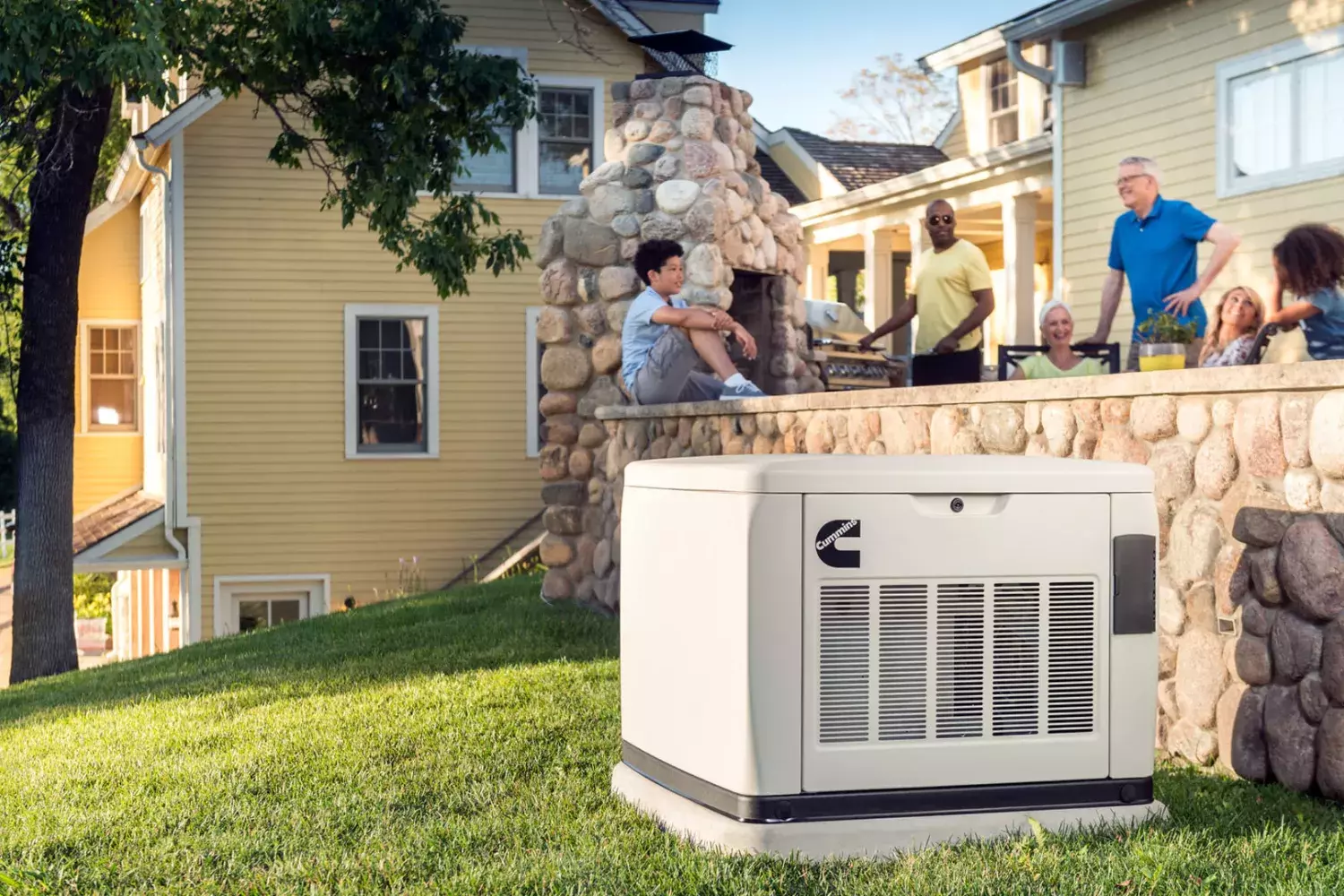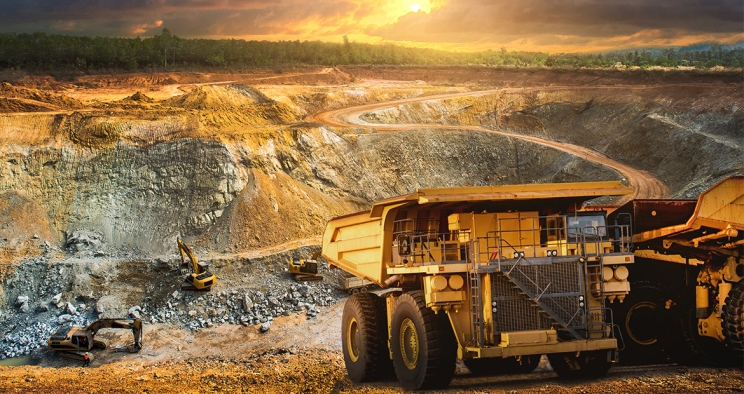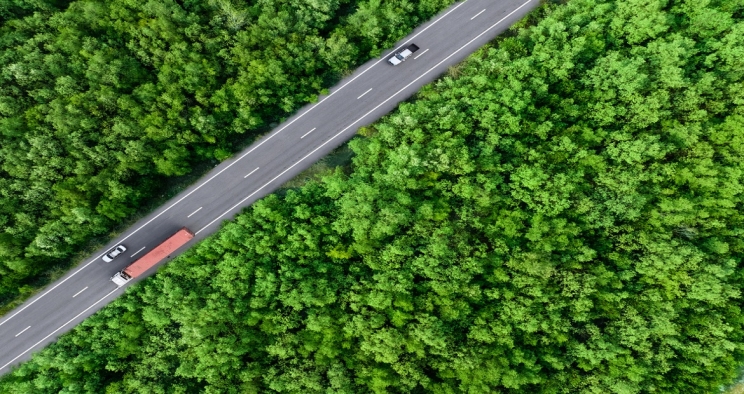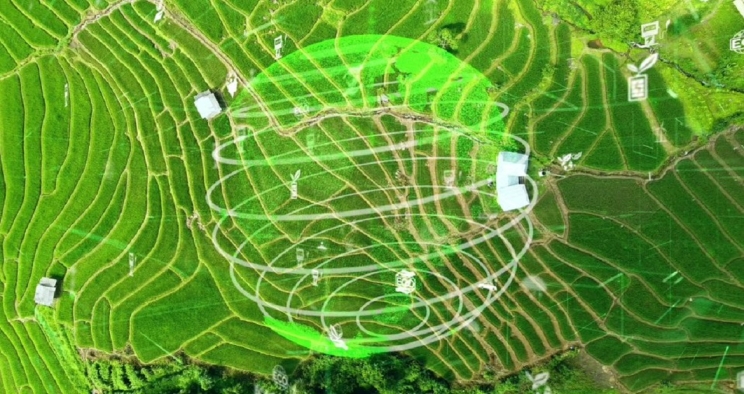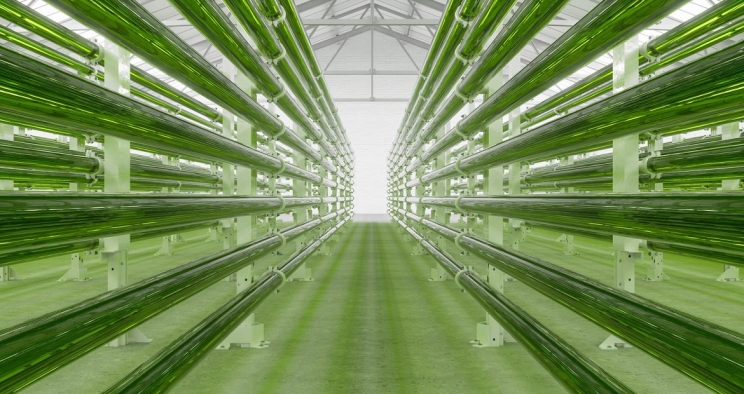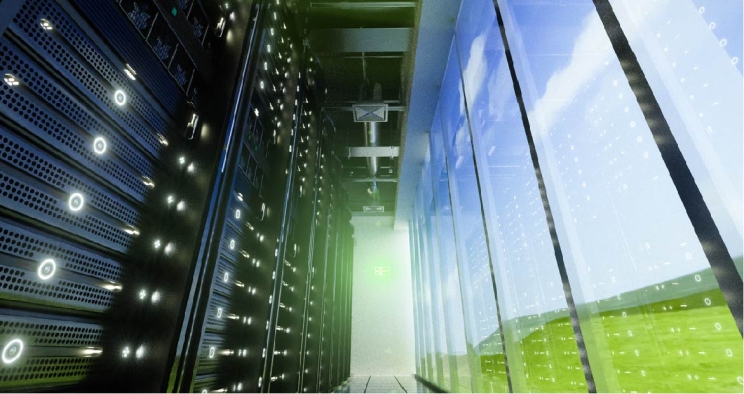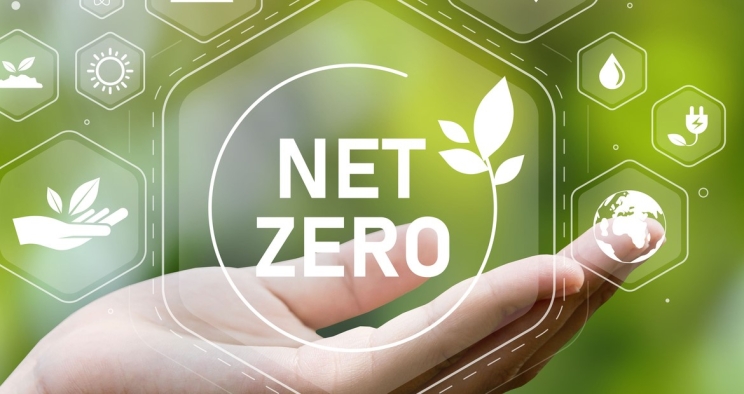Renewable Energy and Resources
What are renewable resources?
Renewable resources are the type of resources that naturally replenish themselves. Renewable resources can’t be depleted with use or consumption due to this natural replenishment. For example, think of sun light, wind, or tidal waves. We don’t expect sun light, wind, or tidal waves to diminish within our lifetimes. Some of these renewable resources can also be used in power generation to produce electricity.
What is renewable energy?
Fossil fuels are a great source of energy to make electricity, but they are not the only available source of energy, because energy exists all around us. No, we’re not talking about the Force. We’re talking about real, measurable energy present in our environment. Sunlight, wind, water and more can all be tapped into electricity generation. What’s great about these energy resources is that they’re endless—there will always be wind in the air and waves the ocean regardless of what we do. This is why we think of them as renewable energy resources.
Main types of renewable energy resources and examples
Solar energy
Solar energy is one of the most recognizable renewable energy resources. Solar panels have become ubiquitous, appearing on the roofs of homes and businesses, on vacant land, in fields and, naturally, in the middle of the desert.
Solar panels consist of layers of semiconductor materials designed to directly convert solar radiation into electricity. Their price has dropped significantly over the past years, making solar power quite cost effective. They can be installed almost anywhere, though they will be more effective in dry climates.
The other technology used to generate electricity from sunlight is known as concentrated solar power, or CSP. In a CSP power plant, large arrays of mirrors are used to focus sunlight into a small area, where it is sufficiently concentrated to produce steam, which is then used to spin a turbine and an alternator.
Wind energy
Wind energy is also highly visible. Drive for a few hours on almost any interstate and you’re sure to see wind turbines appear behind a ridge.
The wind sets in motion wind turbine blades; that motion is then converted into electricity by the alternator located in the wind turbine’s nacelle.
Wind turbines have drastically increased in size and power over the past decades. In the 1990’s the blades of largest wind turbines had a span of about 130 feet and could generate about 500 kW of power. The diameters of the blades on today’s largest wind turbines is 720 feet. These giants generate 14,000 kW of power, almost 30 times more than their predecessors. They’re so large that their components can’t be transported by road, so they can only be installed at sea.
As it turns out, the sea is a pretty good place to set up a wind farm—the wind is more consistent, and there is no one to complain that the wind turbines are ruining their view.
Hydroelectricity
The energy of streams and rivers can be harnessed to produce hydroelectricity when there is a significant change in the water’s elevation, often referred to as head. The bigger the river and the higher the head, the more electricity can be generated. In China, the Three Gorge Dam has the entire Yangtze river dammed, allowing to generate an enormous 22 GW of power (that’s 22,000,000 kW).
In a hydroelectric plant, water is made to flow through a pipe and then push against the blades of a turbine. The turbine spins and electricity is generated in an alternator.
In the United States, most hydroelectric power plants have a dam where water accumulates before going through the turbines. The dam increases the head and stores water seasonally, allowing in some cases to produce electricity year-round. Hydro energy is one of the easiest and most cost-effective ways to generate electricity, and also one of the oldest.
Geothermal energy
Geothermal energy has also long been used to generate electricity. At geothermal power plants water is injected deep underground, where the heat emanating from nearby pockets of magma turn the water to steam. The steam is then piped back to the surface and used to turn a steam turbine.
Geothermal wells are rarely more than two miles deep, so geothermal power plants can only be built when magma is present not too far from the surface. This is typically the case near areas with volcanic activity, or where tectonic plates meet. As a result, in the United States, almost all geothermal power plants are in the West, primarily in California, where the San Andreas fault causes magma to rise close to the surface of the earth.
Biomass
Biomass is another important source of energy used to generate electricity. The term covers a wide range of organic materials that can be serve as fuel. Wood chips, household trash, and black liquor (a wood-derived industrial byproduct) are some of the most commonly used biomass fuels. What makes biomass a renewable energy resources? Simply put, biomass can be grown and farmed at will.
Renewable energy over the years
Throughout history humans have used most of these renewable energy resources in one way or another. Romans bathed in geothermally heated hot springs, and whoever discovered fire was simply using biomass energy resources to stay warm.
Electricity and renewable electricity came, of course, later. In many countries, hydro energy was the primary source of electricity until electricity demand outgrew the local hydroelectric potential—renewable doesn’t mean unlimited.
After that, all other types of renewable electricity held a relatively marginal position in most parts of the world until roughly the previous decade, when solar and wind power entered a period of rapid growth. How rapid is that growth? Very rapid--between 2010 and 2019, more than 580 GW of solar capacity and 470 GW of wind capacity have been added globally, which is almost seven times more than the construction of new wind and solar capacity over the previous decade.
Demand for renewable energy
What is causing the rise of solar and wind power? There are two main reasons.
The first, most straightforward reason, is that solar panels and wind turbines have become better and cheaper, making solar and wind power far more affordable than it was only 20 years ago. Since in addition neither requires any fuel, solar and wind economics can be quite attractive to investors.
The other, more complex reason is that in many countries, tolerance for the emissions associated to fossil power plants is rapidly declining--both out of concerns related to global warming and due to the immediate effects of air pollution. Replacing fossil power plants with renewable energy resources is not simple, but, to a point, it is possible. The United Kingdom, for example, has retired almost all of its coal-fired power plants and now routinely spends entire days running 80% or more on renewable power alone.
Not all renewable energy resources, by the way, are entirely without impact on the environment.
Burning biomass, for example, can generate some of the same types of undesirable emissions as the combustion of coal, including NOx and particulate matter.
Hydroelectric dams are also high in impact—some dams can result in entire valleys being submerged in water.
Even geothermal power plants have the potential to cause the release of harmful substances carried by fluids drawn from the deep earth, such as arsenic, radon and hydrogen sulfide. For that reason, many geothermal power plants operate in closed loop, reinjecting into the ground the steam and water that they extract.
Renewable energy around the world
So which countries are leading the charge to renewable energy?
Strictly speaking, several smaller countries already run entirely on renewable electricity and have done so for decades.
Iceland, for example, has never needed any other significant source of energy to power its electric system besides hydro and geothermal—a benefit of the island’s unique geology. Costa Rica, likewise, satisfies almost all of its electricity needs using the ample hydrological resources that it was blessed with. For those countries, there is no charge to renewable energy—they’re already there.
Germany is one of the countries where the change in the electricity sector is the most profound. Germany has traditionally generated most of its electricity in coal and nuclear power plants. Over the past 20 years many of those power plants have been shut down and replaced with wind farms, solar panels and biofuel generation facilities. In 2019, a full 42% of the country’s electricity needs were met by renewable resources.
Renewable energy in the United States
Renewable energy is also rapidly rising in the United States. In 2020, the country added 24 GW of wind turbine capacity and 18 GW of solar capacity. Together, that’s about as much as the total capacity of all new fossil fuel fired power plants opened in the country in 2017, 2018, 2019 and 2020 combined. How much is 18 GW of solar capacity? Well, if all of those solar farms were together, they would occupy about 220 square miles, or ten times the total surface of the island of Manhattan. That’s a lot land, but remember—many of those solar panels are installed on roofs, on top of carports, or in desertic areas where land is plentiful.
Which country installs the most solar panels and wind turbines?
Answer: it’s China, by a long shot. According to figures released by the Chinese government, China installed a mind boggling 120 GW of wind and solar capacity in 2020—48 GW of solar (occupying an area equivalent to 20 times the surface of Hong Kong Island) and 72 GW of wind (which is more wind turbines than the rest of the world combined installed the previous year).

